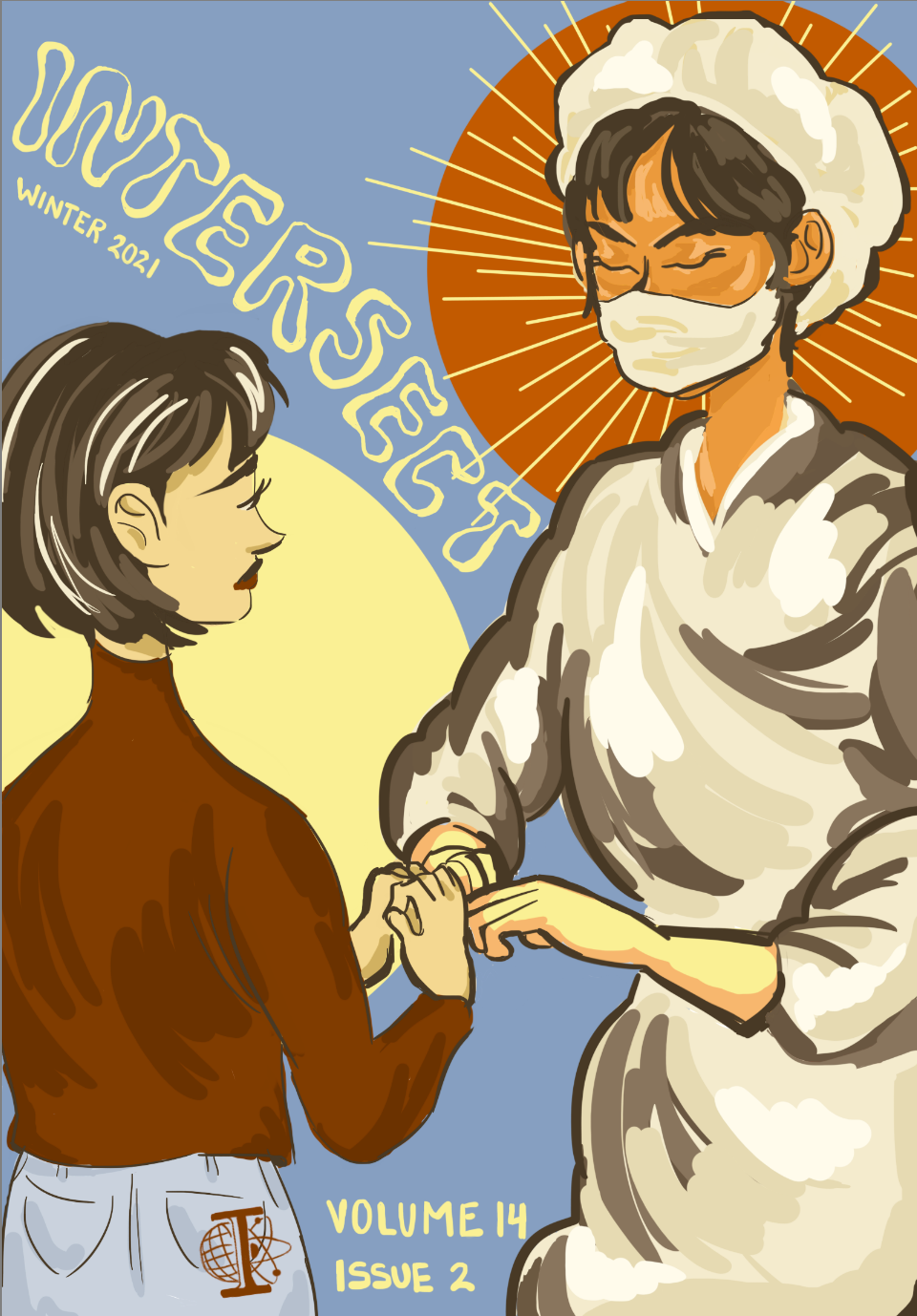LGBTQ Youth and Technology
Finding Their Way Through Online Communities
Abstract
Lesbian, gay, bisexual, transgender, and questioning/queer (LGBTQ) youth come of age in a heterosexist and homophobic society with few, if any, resources or role models to help them formulate their sexual identities. They often turn to online communities to explore coming out, relationships, and health concerns as they navigate this developmental stage. This literature review examines the information seeking behaviors of LGBTQ youth, the online communities they use, and the outcomes of their participation as they develop their identities through websites, computer mediated communications, social media, and video-based platforms. LGBTQ youth gather and share information, assist others with their developmental process, and form relationships online and transfer them to their offline lives. Several reasons for the success of the online communities are explored and the conclusion provides suggestions for future research.
Downloads
Published
Issue
Section
License
Copyright (c) 2021 Intersect: The Stanford Journal of Science, Technology, and Society

This work is licensed under a Creative Commons Attribution-NonCommercial-NoDerivatives 4.0 International License.
Authors who publish with this journal agree to the following terms:- Authors retain copyright and grant the journal right of first publication with the work simultaneously licensed under a Creative Commons Attribution License that allows others to share the work with an acknowledgement of the work's authorship and initial publication in this journal.
- Authors are able to enter into separate, additional contractual arrangements for the non-exclusive distribution of the journal's published version of the work (e.g., post it to an institutional repository or publish it in a book), with an acknowledgement of its initial publication in this journal.
- Authors are permitted and encouraged to post their work online (e.g., in institutional repositories or on their website) prior to and during the submission process, as it can lead to productive exchanges, as well as earlier and greater citation of published work (See The Effect of Open Access).

